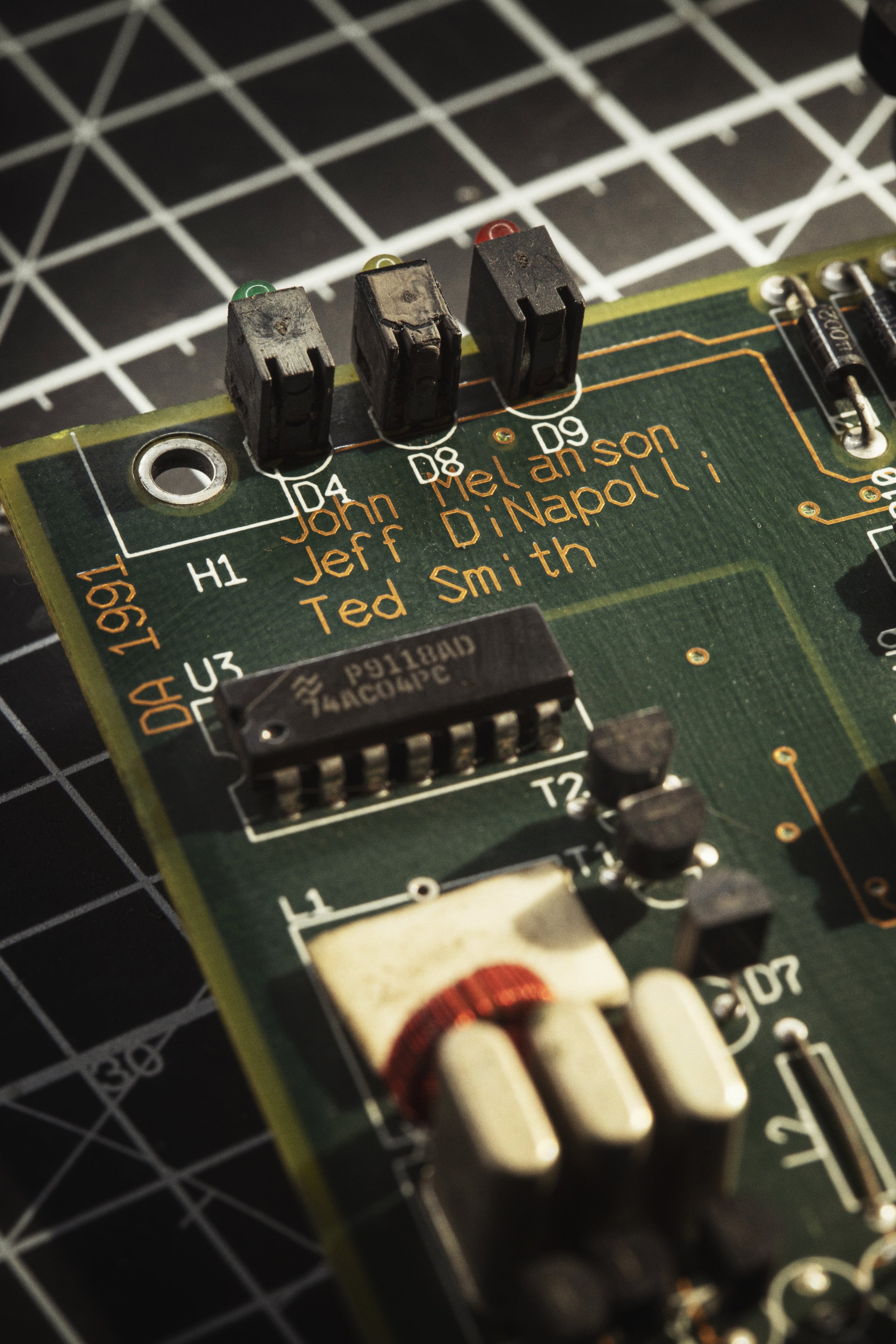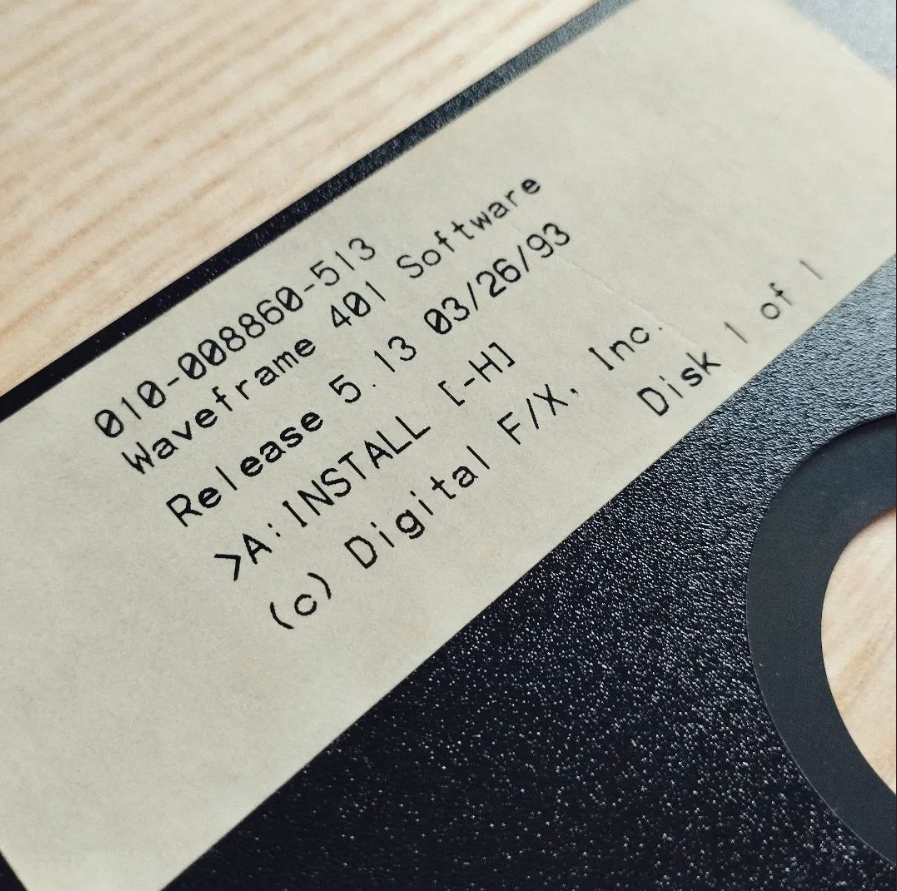In 2019 I was fortunate enough to be given this workstation by a friend, José Fortes a sound technician, co-founder of the Fortes & Rangel studios and founder of Angel Studios. The following weeks would come to be an incredible surprise as getting it to work again led me into meeting one of the creators of this engineering marvel - John Melanson, whose name is etched on the PCB along with Jeff DiNapolli and Ted Smith. I got in contact with him trying to obtain more information on this machine, since I could barely find anything about it online. I got an answer from John which led to the successful repair of the IO8 board and soon the system was running. I spoke to John for a while and got to know a bit of the incredible story behind one of the most amazing and advanced digital audio workstations in 1992.
“A lot of stories about that machine (…) I though systems should be less expensive. That entire design was myself, Jeff, and Ted Smith.
A little office in Louisville, Colorado. My daughter did the prototype assembly and soldering.” — John Melanson
The first systems before the 401 were huge. A rack of 9U boards. They were built in 1986. The Waveframe company started in Boulder, Colorado. It was all audio. At the time, investors thought putting the company together with Digital F/X, a video company would be a good idea. Unfortunately it didn't went well for DFX and even though the audio part was doing well, everything came to an end. None of the authors ever got paid for the design. "I paid for the digital audio companies out of my pocket." — John Melanson
Waveframe was later acquired by TimeLine and was renamed to StudioFrame. The 401 version runs on Windows for Workgroups 3.11. It is an 8 track DAW which allows for recording, playback and editing to picture with SMPTE and requires using software StudioCAD to build your own mixer panel according to your desired tracks. One of the most interesting features of the system is it’s audio quality during scrubbing, quite close to the analog reel-to-reel counterpart. This is accomplished by re-sampling internally at 23MHz, allowing for 14 octave transpositions without aliasing.
The original Waveframe system was built around two 5U racks, the first of which hosts an Intel 486DX based PC in a board slotted in a passive ISA backplane along with the 3 Waveframe cards: the R8, the IO8 and the Sync card. The latter was designed by Melanson himself:
"The sync card is a work of art, getting all of that function out of a 2101 DSP. That was fun (...) I wrote the code and laid it out in a week. Schedule and budget was tight. It's good memories."
The second unit features two heavy SCSI hard-drives packing 512MB each and a backplane PCB with all the I/O connections. Two of the capacitors in the IO8 board were burnt and had to be replaced. I then found out it had been due to a misplaced jumper. After that, the system was running once again after 20 years.
I upgraded the PC board to a 486 Cyrix II processor, more memory, a Trident graphics card, network adapter and a CF card based drive for the operating system - a bit of an overkill but considerably faster.
Like any DAW, Waveframe can be used for a number of applications but it gained popularity in sound for picture applications like ADR and Foley work. It has internal and external wordclock sync, video, VITC, LTC and MIDI. The first versions of the software did not allow for waveform representation of the audio in the timeline, showing only the audio clips. It is quite intuitive and very responsive.
This actual system was used extensively by José Fortes and I was glad to find and listen to some of his recordings still on the sound drives, most of them quite “simple” mid-side recordings with his signature broad and natural sound.
The full system is now working, and can be used at the lab. Because… why not?




